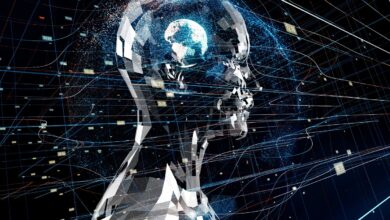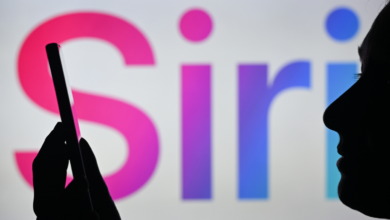Is HR ready for generative AI? New data says there’s a lot of work to do

Generative AI is the technology that IT feels most pressure to exploit, but nine out of 10 IT organizations can’t support the growing demand for AI-related projects. Research shows that C-suite executives are the #1 influencers demanding quick generative AI implementation, ahead of other stakeholders. Nearly 3 in 5 IT professionals say business stakeholders hold unreasonable expectations on the speed and agility of new technology implementations. And 88% of IT professionals claim they can’t support the deluge of AI-related requests they receive at their organization.
Businesses of all sizes, including small businesses, are now tasked with implementing AI solutions. As companies grow in size, the technical challenges also grow in size, including integration and data silos, preventing companies from accelerating their AI deployment plans. 90% of IT leaders say it’s tough to integrate AI with other systems.
The pressure for businesses to adopt and use AI is not exclusive to IT departments. There is also heavy pressure on businesses to redefine and develop new policies regarding how their employees can use generative AI solutions. Now more than ever, Human Resources professionals are being tasked with defining their company’s AI usage policies.
Also: What is generative AI and why is it so popular? Here’s everything you need to know
To better understand the issues facing HR leaders as they address the potential introduction of AI into the enterprise, Valoir conducted a global study of more than 150 HR executives worldwide, including leaders from a broad range of industries and company sizes. Here are the key findings of Valoir’s study:
- The biggest opportunities for HR to benefit from AI today are in recruiting, learning and development, and talent management – but these are also the areas that pose the most risk.
- Nearly 25% of organizations have adopted some form of generative AI for recruiting today, making it the leading area for AI adoption to date – and an additional 30% plan to adopt it in the next 24 months, making it by far the most adopted application of AI in HR today.
- HR leaders believe the main hurdles to AI adoption are a lack of AI expertise (26%), fear of compliance and risk (23%), and lack of resources or funding (21%).
The potential risks for AI in HR are rooted in a lack of trust and potential bias in AI delivering recommendations or suggestions based on models that may have been unintentionally trained on datasets that reinforce biases. Core HR functions could also be impacted by data compromises, AI hallucinations, bias, and toxicity. The common theme across all these areas of potential risk is the human steps that can mitigate them.
AI adoption in HR is on the rise. Valoir research found that 50% of organizations are either currently using or planning to apply AI to recruiting challenges in the next 24 months, followed closely by talent management and training and development.
Valoir also found that only 16% of organizations have a policy on using generative AI, and even fewer have a policy on ethically using AI. Only 14% of organizations have a training policy in place for the effective use of AI and only 8% of organizations have a training development program in place for workers whose jobs could be replaced by AI.
Also: Generative AI on its own will not improve the customer experience
Valoir recommends that HR leaders not only select vendors and technologies that can be trusted, but put in place the appropriate policies, procedures, safeguards, and training for both HR staff and the broader employee population. HR departments will need to consider how they communicate those policies and training to both their internal HR teams and the broader population.
2023 was the year of generative AI research, exploration, and discovery. 2024 is the year of adoption. HR can play a significant role in ensuring the successful adoption of AI in business, but trust is critical. HR’s role as both data steward and policy implementer puts it at the cornerstone of every organization’s ability to maximize AI’s potential benefits.



